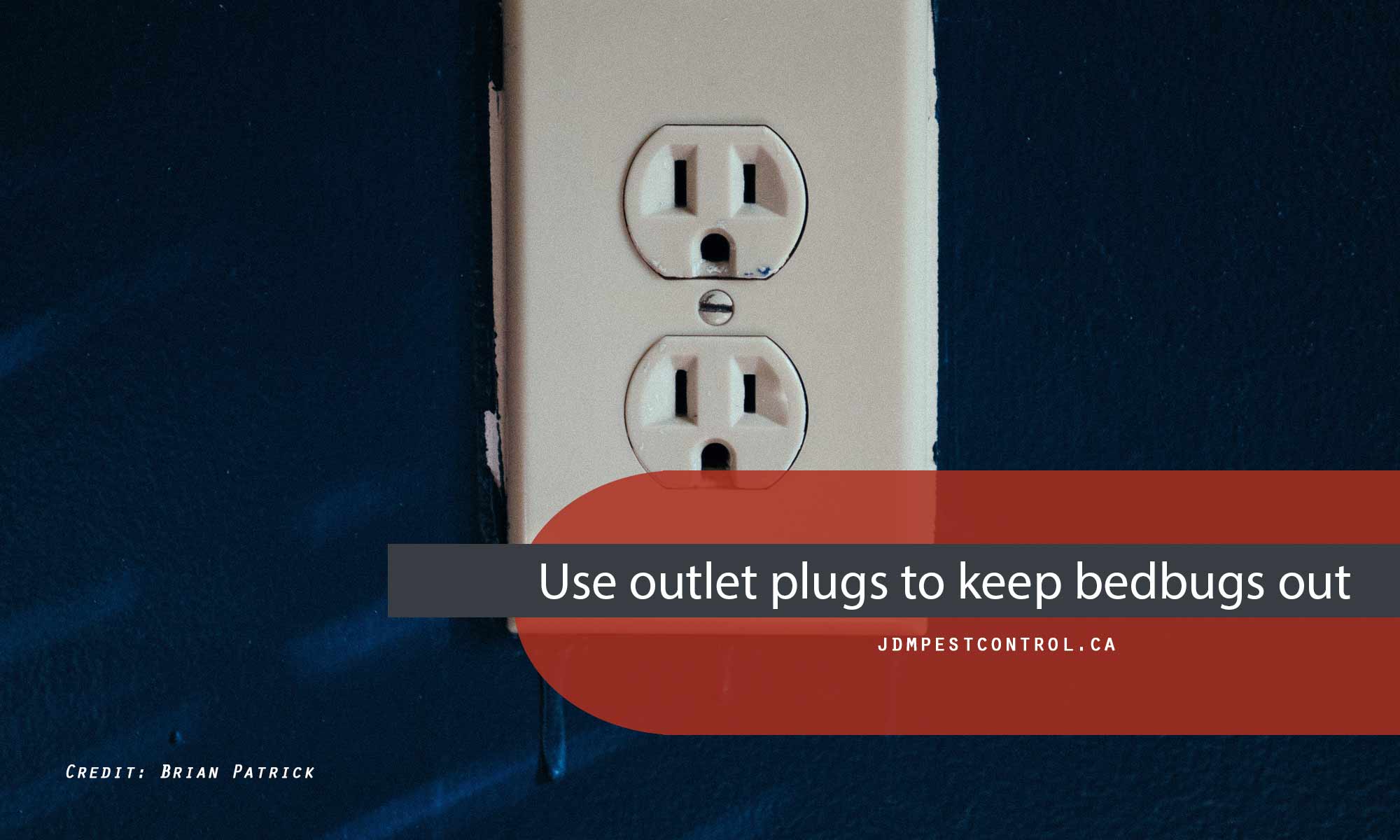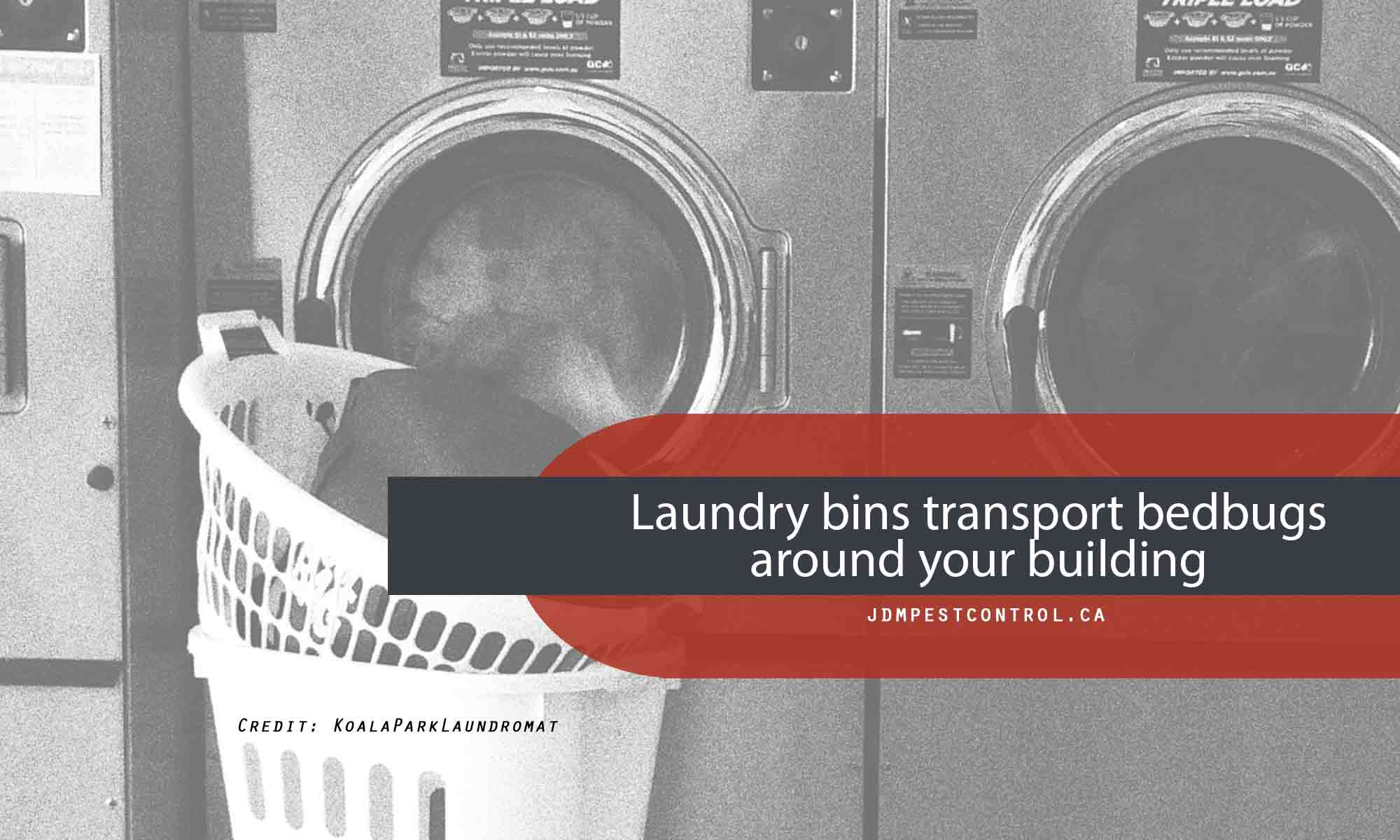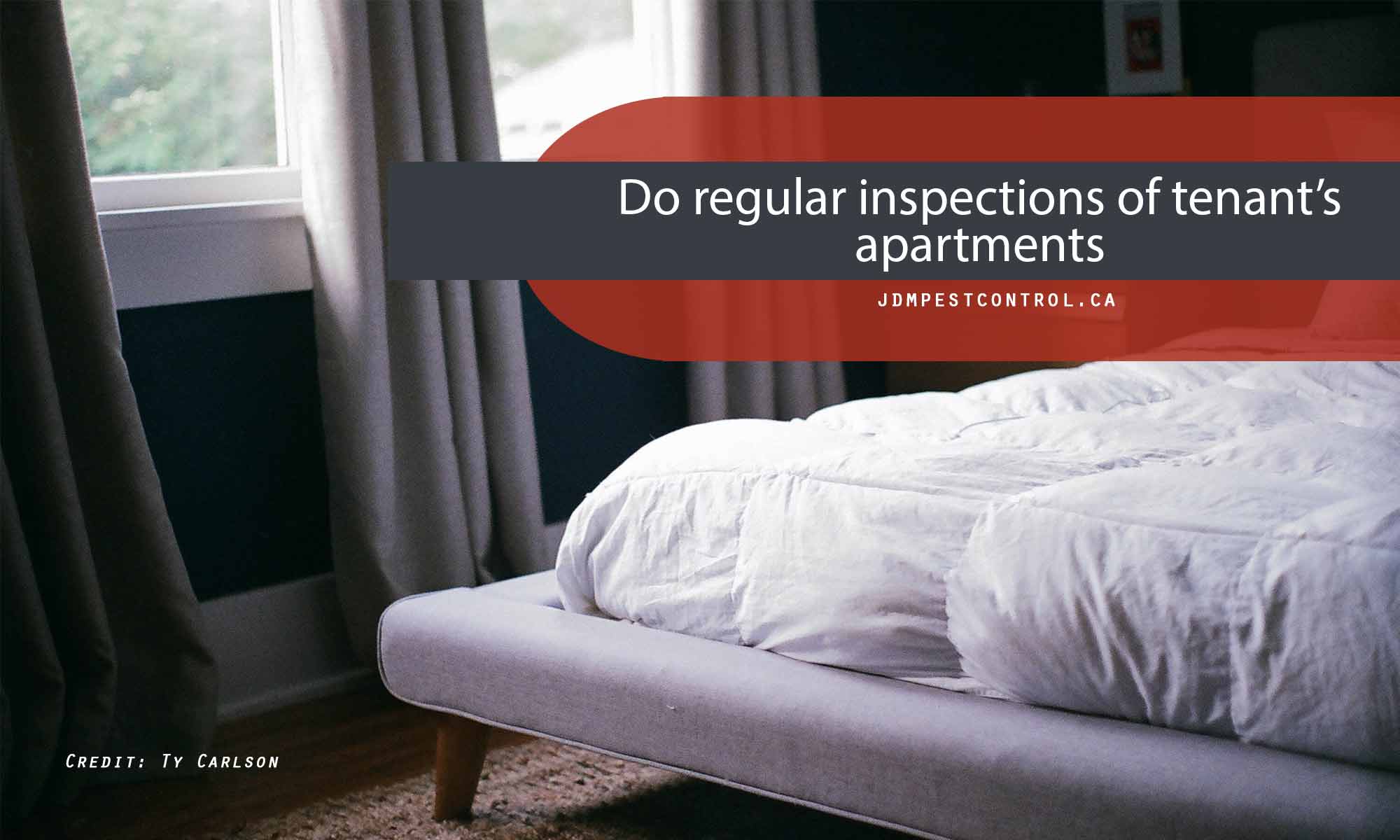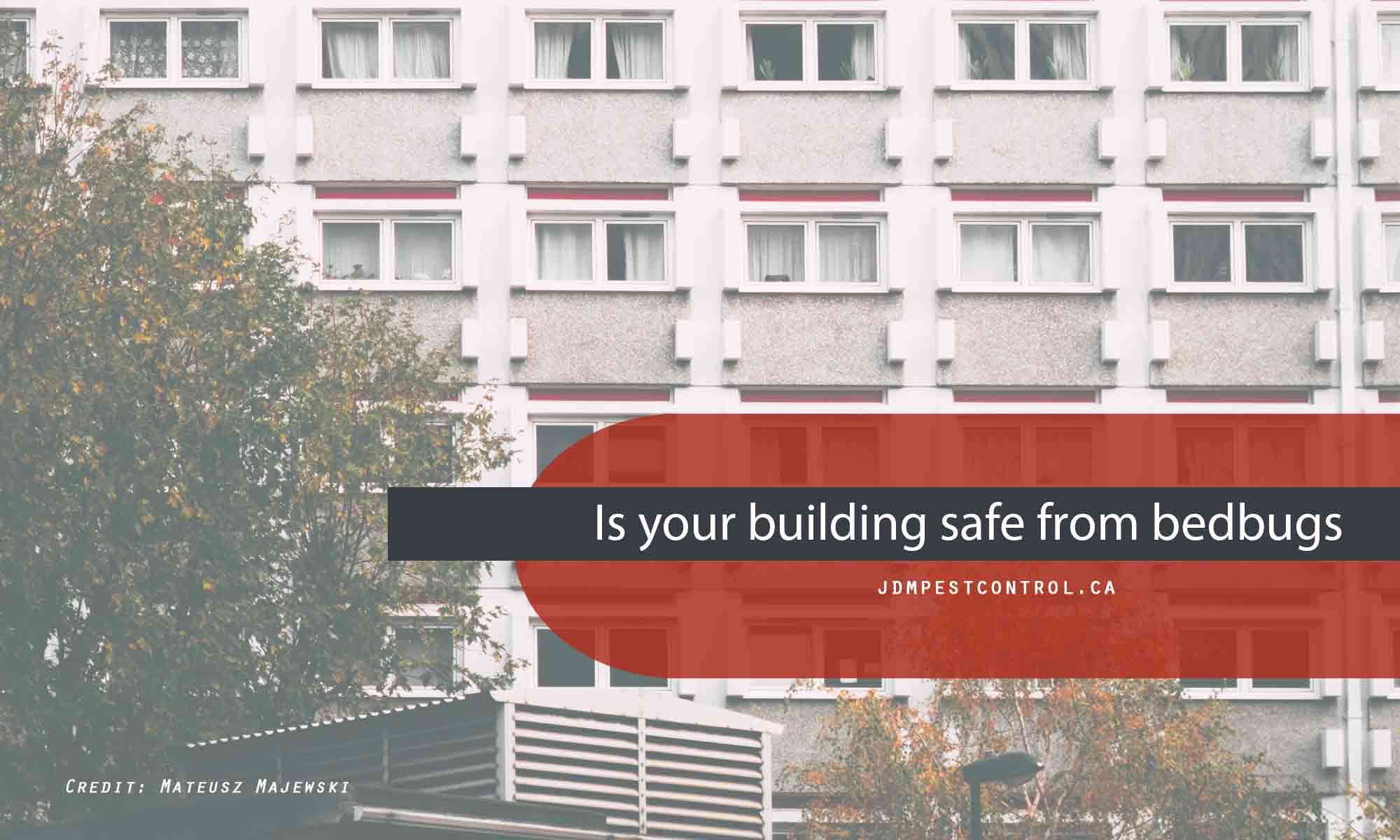Bedbug infestations can be a common issue for rental properties. Tenants come and go; some ride public transport and own second-hand furniture. Older buildings often have cracks and clutter. Without knowing it, you and your tenants could be doing things that make your building vulnerable to bedbugs. As the landlord, it’s your responsibility to teach tenants good practices and hold them accountable.
Once a bedbug infestation takes hold in your building calling a professional pest control service is your best decision. Toronto is the number one bedbug-infested city in Canada. However, when dealing with bedbugs, prevention really is the best line of defense. Here are some simple ways you can prevent an infestation from occurring at your property, or determine if one has already occurred.

Seal All Cracks in Your Building
As buildings age, they can can develop thousands of cracks and crevices. Because bedbugs are so small (often as small as a poppy seed), they can hide in cracks as thin as a business card. The best way to prevent this is by sealing all cracks in your building, both exterior and interior. Use silicone caulk to fill in the space between floor boards and areas where baseboards are loose. Whenever you have a turnover of tenants in a unit, making sealing cracks part of your cleaning and preparation routine for the new residents.

Use Simple Tools to Prevent And Detect Bedbug Problems
Electrical outlets can be a perfect hiding spot for bedbugs. In an extreme infestation, they can travel through the electrical outlets into the wall. From there, they can access different rooms and spread to different units. In some cases, they even hide in the outlets during pest removal treatments to emerge later. Use plugs for all the outlets in your units to prevent the spread of bedbugs.
Unlike some pests, bedbugs cannot fly and aren’t great at jumping. To access your bed, they crawl up from the floor, or travel on people and pets. You can try using some home products called “interceptors,” but such methods are unproven and unreliable for bedbug eradication. However, they may be used to identify a problem.
These little traps look like plastic dishes you place under each leg of a bed frame, table, or sofa. Since bedbugs have difficulty climbing up these smooth, vertical surfaces, they may fall into the trap and be unable to get out. This makes it easier for tenants to see if they have bedbugs and alert you as soon as possible. Then, it’s time to call in the professionals.

Maintain the Laundry Room
Public laundromats are a common place for bedbugs to spread. However, it isn’t due to people using the same washing machines. The hot water from the washer and hot air in the dryer will usually kill bedbugs. Folding tables and laundry bins create a bedbug hazard. If a tenant who has bedbugs uses the communal laundry room, they might carry bedbugs in their laundry bin. They place that bin on top of a washer to organize their loads, then bring their clean laundry, and the bin, to the folding table. The bugs traveling on them and on their bin can contaminate another tenant’s laundry and get into their unit.
One solution is to require all tenants to use sealable bags for their laundry. Provide a box of plastic bags for them to use. Encourage tenants to fold their clothes back in their unit instead of at a communal table. Also, bedbugs can sometimes survive the washing machine if it uses cold water. Encourage tenants to use hot water and hot dry cycles to ensure any potential bedbugs get killed.

Declutter Communal Areas
Bedbugs like to hide in cluttered areas. There’s less chance of being caught if they’re hidden. It’s crucial that you keep all common areas of your building free of clutter. If you have a mail room, don’t allow boxes to sit there for an extended time. Keep lobby furnishings simple, with just a few chairs and a coffee table. Opt for wood or hard surfaces, as they are less hospitable to bedbugs than fabric. If your building has a storage basement, again, try to keep clutter to a minimum. Keep all spaces clean and tidy to prevent bedbug infestations.

Perform Regular Inspections
In Ontario, it’s normal for landlords to conduct one to three inspections per year. They must give 24 hours notice in writing to the tenant prior to visiting. Some landlords only do inspections before a new tenant moves in or when there’s a complaint. However, as long as you give proper notice and follow local landlord-tenant laws, you can inspect a unit during a tenant’s occupation. Here’s why that is a good idea:
- Fixing issues before they cause a problem. Sealing baseboard or floorboard cracks before they become infested is quicker and simpler than dealing with an infestation after it occurs.
- Training tenants on bedbug prevention. If you have a tenant whose apartment is full of clutter, let them know that it’s potentially a bedbug hazard that needs to be addressed.
- Improving your tenant’s peace of mind. A tenant who has already gone through one bedbug infestation likely isn’t keen to go through another one; and a tenant who hasn’t will be happy to avoid one. Let them know that you are keeping ahead of this issue.
Regular inspections can further your relationship with your tenants. They show that you care about the state of the building and will be proactive about problems. This leads to more accountability for tenants to maintain their units and let you know of any issues. Ultimately, you’ll end up with better quality tenants who can be accountable for their space and meet expectations for cleanliness.
Do Not Try to Remove the Infestation Yourself
Pest infestations are complex and hazardous issues best left to the professionals. Landlords that try to get rid of the bedbugs put themselves and their tenants at risk for pesticide exposure. Many pesticides require proper training and certification to use safely and effectively. Each infestation is unique; sometimes they require different combined strategies to fully eradicate the problem. For you and your tenants’ sanity, bring in the experts; hire a professional pest control company.
JDM Pest Control has been serving the Greater Toronto Area for over 20 years. We handle all types of infestations, from bedbugs and cockroaches to rodents and wasps. Our services include eco-friendly pest control strategies for residential and commercial buildings. For a free assessment, contact us online or phone us at (416) 729-3568. Let JDM Pest Control solve your infestation problem safely and effectively.
